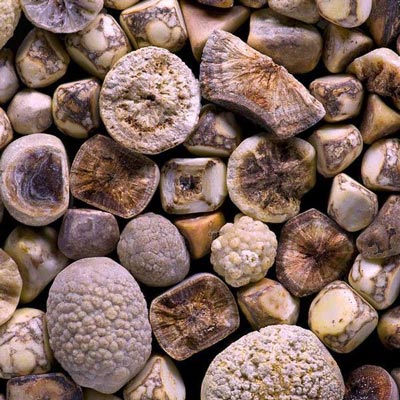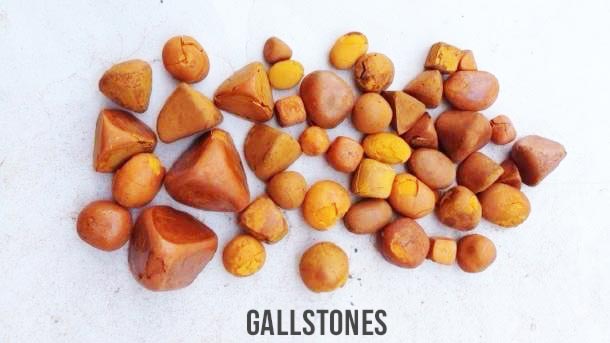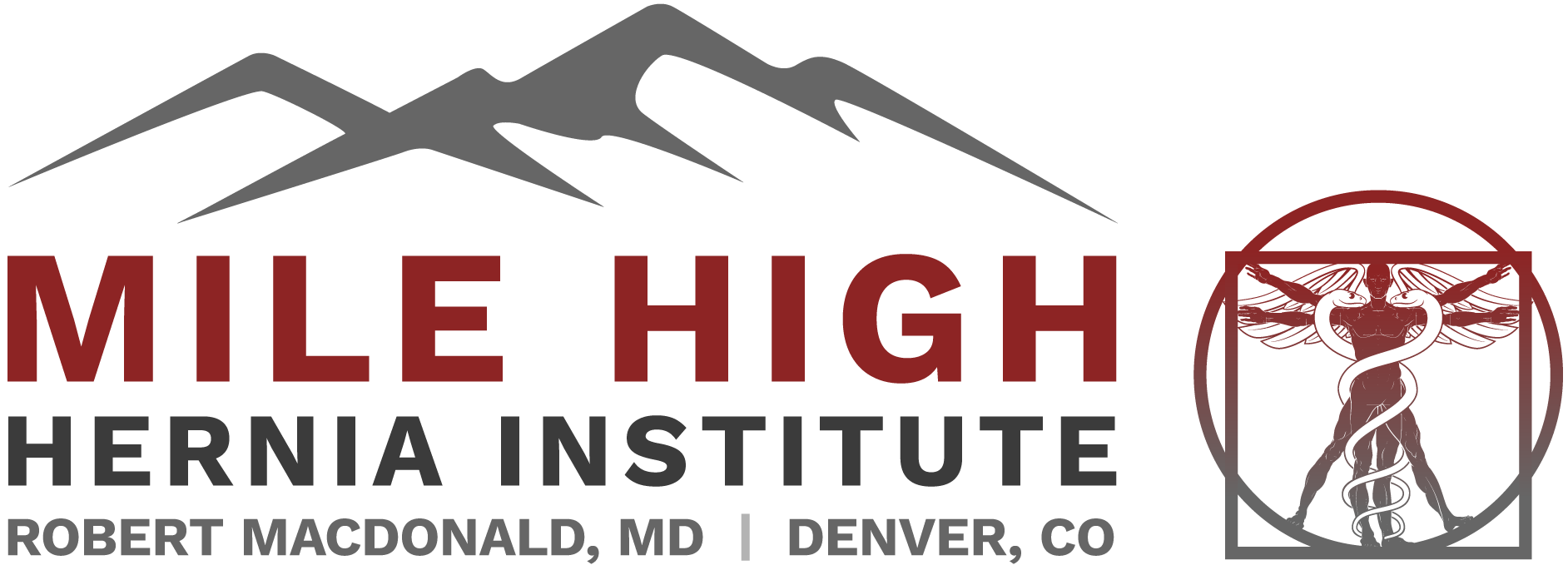Gallstones

Gallstones Come in All Shapes, Colors, and Sizes
Some stones are like sand granules. Others are the size of golf balls. Stones form when the cholesterol present in liquid bile crystallizes, similar to a snowflake. The crystals then stick together forming larger particles, eventually forming stones. Patients with gallstones tend to have a little more cholesterol in their bile than others, though this has nothing to do with cholesterol in the blood. There is a strong tendency to form stones within families. Being female, overweight, middle age, and having had previous pregnancies also increase the risk of gallstone formation.

Things to Consider
Though some gallstones can be broken up using techniques similar to those used for kidney stones, breaking up a gallstone just creates more, smaller stones. Small stones are frequently more dangerous than large stones. Some gallstones dissolve using medical treatment; however, most stones don’t shrink and it takes more than one year to see a response. Lifelong therapy is required and the risk of symptoms or complications during this waiting period is high. Both of these treatments are mainly of historical interest. When stones cause symptoms, surgery is recommended.
